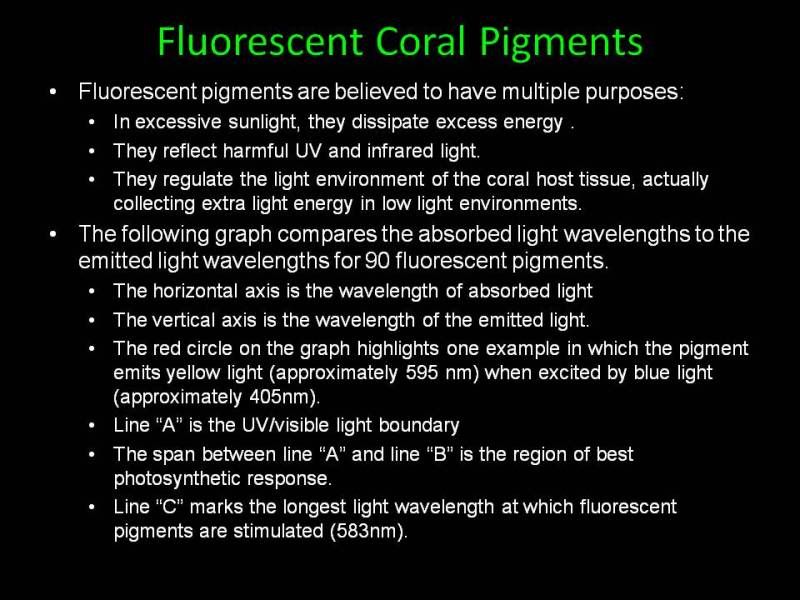It may be just that. I definitely think blues are more important to photosynthesis than warmer whites because they provide more energy that directly stimulates photosynthesis in corals. It's entirely possible that you can do without whites, especially in light of (no pun intended) one study performed in the ocean in which they filtered sunlight with blue, red, and green, and and uncolored filters. The corals under the red filters were clearly growing poorly, while the blue topped the filtered light list. The uncolored filter corals did just slightly better, which makes me wonder whether non-blue wavelengths are somehow contributing, but not enough to make a significatn difference. I'm guessing that the unfiltered light provided a slightly higher amount of photosynthetically usable light, since the filters removed all but a narrow band of light.
If you look at the light penetration slide (Photosynthetic efficiency vs. wavelength penetration), you'll see that the light with the greatest penetration depth is around 460-470nm. That's a pretty good match to the blue LEDs on the market.
I've been talking to Dana Riddle about my assumptions. He thinks that the wavelength of the blue light doesn't really matter as long as the photopigment can absorb it. I tend to agree with that. The carotenoids (see the slide with the title, 4. Are there any additional pigments that aid in the photosynthetic process on the preceding page). As long as the carotenoids can receive the energy from the blue wavelengths, they will pass that energy to the PCP. Some of those same carotenoids also protect the photosynthetic apparatus from temporary or permanent damage. That is, at high blue light intensity, the diadinoxanthin/diatoxanthin cycle shunts energy away. These two carotenoids only provide protection up to about 500nm. It's interesting that there appears to be no protective mechanism above 500 nm (most noticably in the red spectrum, where so much has been observed/reported regarding bleaching and slowed growth).
Regardless, it's my opinion that white light is primarily for aesthetics in aquariums. Face it, we all want to see the natural colors in the tank in addition to the fluorescent pigments. Even so, I plan to see how the corals look and grow under the full 400-500nm spectrum. Everything looks kind of flat under just blue, and I know I'll get more pigment fluorescence under a wider range of violet-blue light.
Anyway, my studies continue. There's a lot of free peer-reviewed info out there yet to be read. Most of it's Greek to me, but there's plenty that's somewhat understandable.





